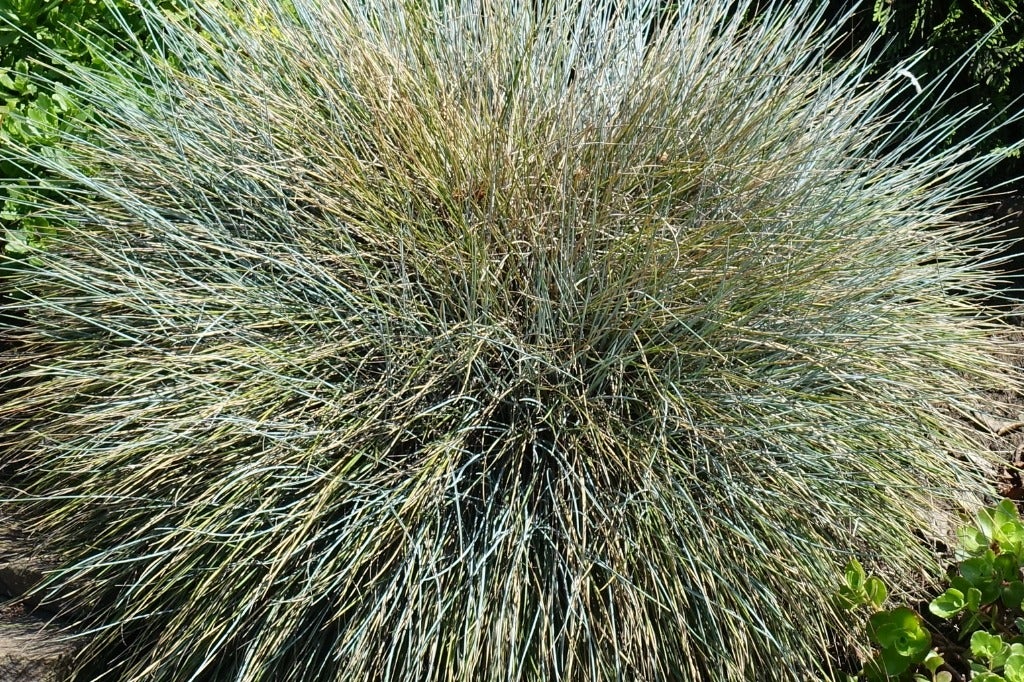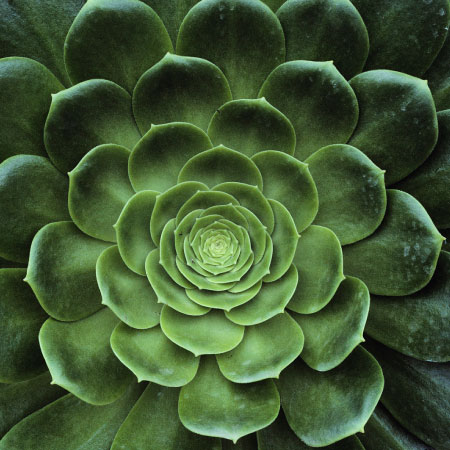Ornamental Grass Center Is Dying: What To Do With A Dead Center In Ornamental Grass


Ornamental grasses are trouble-free plants that add texture and motion to the landscape. If you notice the centers dying in ornamental grass, it just means the plant is getting older and a little tired. A dead center in ornamental grass is typical when plants have been around for a while.
Centers Dying in Ornamental Grass
The best way to prevent ornamental grass dying in the middle is to divide the plant every two or three years. However, if your ornamental grass center is dying, you may need to dig and divide the entire plant.
The best time to divide ornamental grass is in spring, before new growth emerges. Be sure to have a sturdy, sharp spade on hand; digging a large clump isn’t an easy task. Here’s how to go about it.
Fixing a Dead Center in Ornamental Grass
Water the ornamental grass thoroughly a couple of days before dividing. The plant will be healthier and easier to dig.
Prepare new planting spots if you want to plant the divided sections. You can also share the sections with friends or neighbors, but they should be planted as soon as possible. In the meantime, keep them cool and moist.
Cut the plant to a height of 6 to 8 inches (15-20 cm.). Insert a sharp spade straight down into the soil a few inches (8 cm.) from the clump. Repeat, working your way in a circle around the ornamental grass. Dig deeply to cut the roots.
Lift the plant carefully, using the spade or a knife to cut any remaining roots. You can leave a healthy clump in its original spot, or dig and replant the section. If the plant is very large, you may need to lift a chunk at a time. This won’t damage the plant, but try to leave each section with several healthy roots for replanting.
Gardening tips, videos, info and more delivered right to your inbox!
Sign up for the Gardening Know How newsletter today and receive a free copy of our e-book "How to Grow Delicious Tomatoes".
Discard or compost the dead center. Water the newly planted section(s) deeply, then mulch around the plant with organic material such as compost, shredded bark, dry grass clippings, or chopped leaves.

A Credentialed Garden Writer, Mary H. Dyer was with Gardening Know How in the very beginning, publishing articles as early as 2007.
-
 Looking For Plants To Give You The Soft And Fuzzies? Try These 5 Fuzzy Leaf Plant Options
Looking For Plants To Give You The Soft And Fuzzies? Try These 5 Fuzzy Leaf Plant OptionsLovers of texture, drama, silver foliage and tactile plants will adore these special sensory garden additions. These fuzzy leaf plant options will leave you all aglow
By Susan Albert
-
 Get Ready For A Summer Of Hummers! Grow These Full Sun Hummingbird Plants and Flowers
Get Ready For A Summer Of Hummers! Grow These Full Sun Hummingbird Plants and FlowersIf you’re lucky enough to enjoy a sunny backyard, make sure you are maxing out on your pollinator opportunities and grow these full sun hummingbird plants and flowers
By Tonya Barnett